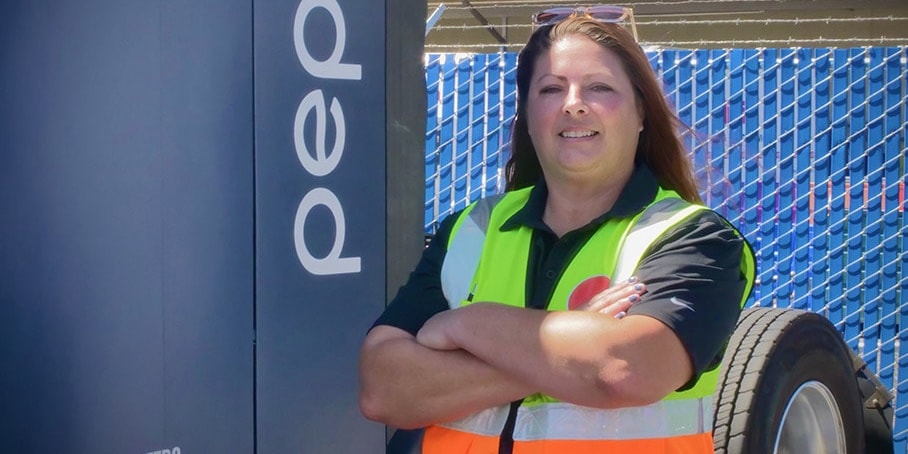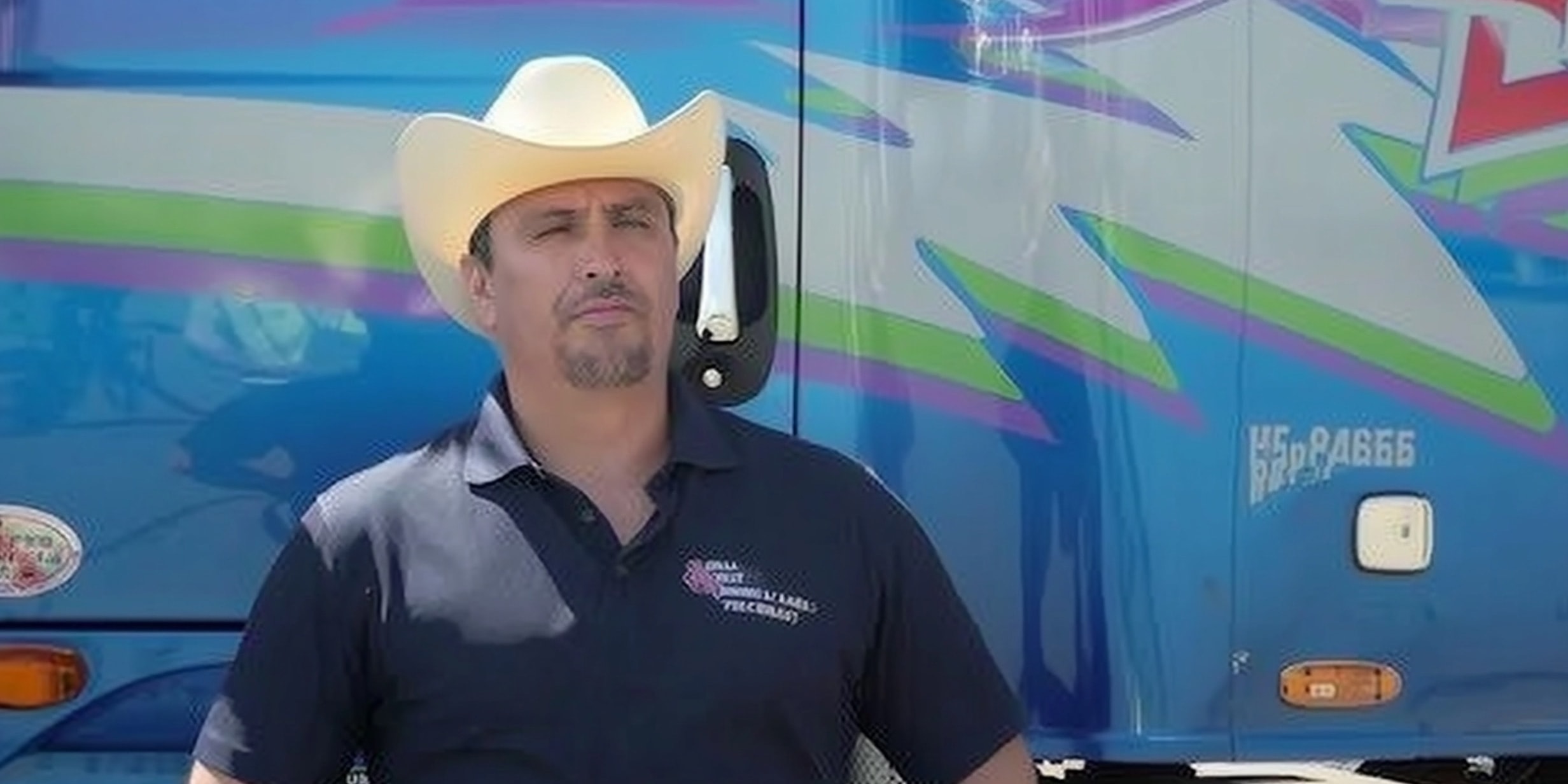Medium-Duty Box Trucks Are Electrifiable, NACFE Says
Fort Wayne, Indiana — June 28, 2022 — The North American Council for Freight Efficiency (NACFE) today released the fourth and final market segment report — Electric Trucks Have Arrived: The Use Case For Medium-Duty Box Trucks — based on findings from last year’s Run on Less – Electric (RoL-E) freight efficiency demonstration.
The top level finding from the report is that 100% of that market segment will embrace electrification although some applications within the duty cycle will be easier to electrify than others that have more complex operations. Read the report. When the simpler box truck portion of this market segment, about 380,000 trucks in the US and Canada, electrifies, it will result in the avoidance of 7,681,707 metric tonnes (MT) of CO2e annually.
“Electrification should happen fast for the simple trucks, and the industry should prioritize the other applications with regard to benefits and difficulty to bring to production given the smaller unit volumes.”
Mike Roeth, NACFE executive director
Three fleet-OEM pairs in RoL-E operated medium-duty box trucks: Day & Ross with a Class 6 Lion6, Frito-Lay with a Class 6 Peterbilt-Cummins 220EV, and Roush Fenway Racing with a Class 6 ROUSH CleanTech Ford F-650.
The report found that medium-duty box trucks are a great application for electric trucks given their short distances and return-to-base operations. The vast majority of medium-duty box trucks are not driven long distances and are home very night. They are an ideal portion of the overall medium-duty truck market for electrification. However, more complex Class 6 and 7 trucks such as snowplows, refuse trucks, and fire trucks will require significant efforts which will delay the timing of electrification.
The report includes some basic information about medium-duty box trucks and the size and scope of the market. It looks at duty cycle and charging considerations and presents the benefits and challenges of battery electric vehicles. It includes information on the manufacturers and fleets that had medium-duty box trucks in the Run and provides details on what metrics were measured. There also is a discussion of total cost of operation.
“As we wrap up our report series from Run on Less – Electric, our detailed analysis of all four market segments are very much in line with our earlier thinking before and just after the Run,” Roeth says. “The marketplace in these shorter haul, return-to-base operations are ready today to electrify and the industry should work together as one to amplify and realize the benefits while mitigating challenges and risks urgently.”
Key findings and lessons learned are also included in the report.
Media Inquiries Please Contact
NACFE: Denise Rondini, T: +1 773-951-8563, E: denise.rondini@nacfe.org
Some of these vehicle-manufacturer pairings are part of California Climate Investments, a statewide initiative that puts billions of cap-and-trade dollars to work reducing greenhouse gas emissions, strengthening the economy, and improving public health and the environment—particularly in disadvantaged communities.
About the North American Council for Freight Efficiency
The North American Council for Freight Efficiency (NACFE) is a nonprofit organization dedicated to doubling the freight efficiency of North American goods movement. NACFE operates as a nonprofit in order to provide an independent, unbiased research organization for the transformation of the transportation industry. Data is critical, and NACFE is proving to help the industry with real-world information that fleets can use to take action. In 2014, NACFE collaborated with Carbon War Room, founded by Sir Richard Branson and now a part of RMI, to deliver tools and reports to improve trucking efficiency. Learn more at www.nacfe.org.
About RMI
RMI is an independent nonprofit founded in 1982 that transforms global energy systems through market-driven solutions to align with a 1.5°C future and secure a clean, prosperous, zero-carbon future for all. We work in the world’s most critical geographies and engage businesses, policymakers, communities, and NGOs to identify and scale energy system interventions that will cut greenhouse gas emissions at least 50 percent by 2030. RMI has offices in Basalt and Boulder, Colorado; New York City; Oakland, California; Washington, D.C.; and Beijing. More information on RMI can be found at www.rmi.org or follow us on Twitter @RockyMtnInst.





